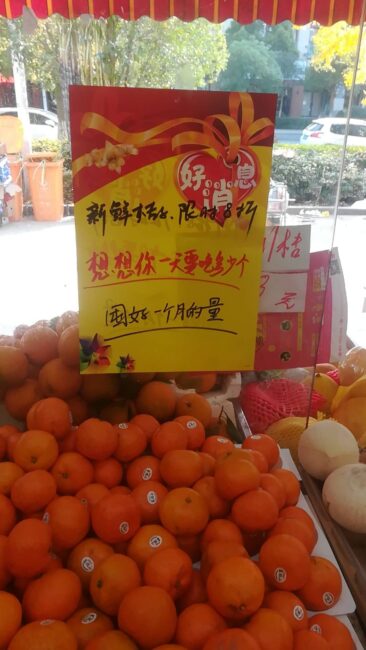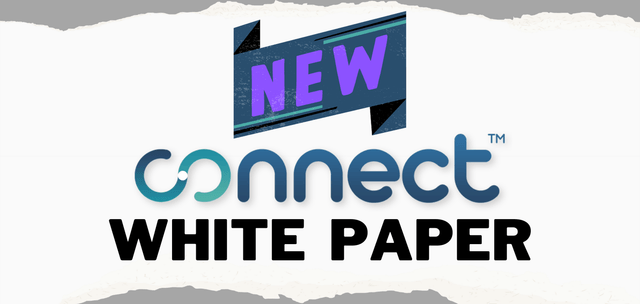
Marketers often use advertising messages such as “Stock up and save!” during sales promotions to stimulate consumer purchases. However, such messages may not stimulate consumers’ purchase quantities as effectively as hoped. Why?
Two reasons. First, consumers do not always have a clear idea of how long they should stock a product for. Unless explicitly told to stock up for a specific length of time, consumers are likely to stock up for a short length of time (e.g., one week) than the length of time they could stock up for (e.g., one month). Second, even when consumers have a clear idea of how long they are stocking a product for (e.g., one month), they tend to purchase a similar quantity of the product for one month to the quantity they would purchase for one week. In other words, consumers’ purchase quantities are not always in proportion to the length of time they are stocking a product for, a phenomenon documented as “duration neglect” or “scope neglect” in psychology.
In our recently published study, we found that, rather than “Stock up and save!“, marketers can use a more specific message to increase product sales during promotions. The message, which we called “Short-Asking with Long-Encouraging” or “SALE”, couples a “long-encouraging” reminder with a “short-asking” reminder—the “long-encouraging” reminder reminds consumers how long they should stock a product for (e.g., “Stock up for one month”); the “short-asking” reminder reminds consumers how many units of the product they would likely consume in a short time unit (e.g., “Think about how many you’d consume in one day”).
Our Experiments
In our study, we demonstrated the effectiveness of the “SALE” message in increasing product sales across two field experiments and three online experiments.
We ran our first field experiment in two fruit stores in a capital city in East China. Cashiers of each store, who were blind to the hypothesis of the study, kept a record of how many customers visited the store on each day, whether each customer purchased the promoted product (mandarin oranges), and if so, how many kilograms of the mandarin oranges each customer purchased.
We attached two different poster ads to the windows of the stores on different days, in front of the promoted product: poster A included a long-encouraging reminder (“Stock up for 1 month”) and a short-asking reminder (“Think about how many you would eat in 1 day”), whereas poster B included the long-encouraging message but not the short-asking reminder. We found that customers who visited the store when poster A (i.e., the “SALE” message) was on display purchased significantly more mandarin oranges than customers who visited the store when poster B was on display.


Our second field experiment demonstrated the efficacy of the “SALE” message on the mobile app of a party game called “Werewolf“. The promoted product was virtual diamonds (tokens) that could be used to purchase certain game features (e.g., a preferred character in the game).
Following the field experiments, we conducted a series of online experiments on CloudResearch’s Connect and MTurk Toolkit to reveal why the “SALE” message works (i.e., its underlying mechanism) and when the “SALE” message would work the best (i.e., moderators of the “SALE” effect).
In one online experiment (conducted on Connect), we found that the “SALE” message increased customers’ purchase quantity because the short-asking reminder prompted customers to make more upward adjustment in their purchase quantity decisions.
In another online experiment (conducted on the MTurk Toolkit), we found that holding the long-encouraging reminder constant (e.g., reminding consumers to stock up for a month), reminders that mentioned a smaller time unit (e.g., reminding consumers to think about how many units of the promoted product they would consume in one day) increased consumers’ purchase quantity to a larger extent than short-asking reminders that mentioned a larger time unit (e.g., one week).
In another online experiment (also conducted on Connect), we found that the “SALE” message increased customers’ purchase quantity of packaged cereal to a larger extent when the time unit in the short-asking reminder matched the package size of the cereal. For example, for a single-serving cup of 1.8 oz cereal, it was reasonable to remind consumers how many cups of the cereal they would consume in one day; for a box of 10.8 oz cereal, it was more reasonable to remind consumers how many boxes of the cereal they would consume in one week.
The quality and efficiency of our data collection process were pivotal in reinforcing the credibility and applicability of our results.
Across both Connect and MTurk Toolkit, we observed a remarkable consistency in the data, underscoring the robustness of our experimental approach and the validity of our findings. The ability of these platforms to facilitate rapid data collection, completing each study in less than a day, did not detract from the depth or quality of the information gathered.
This efficiency highlights the effectiveness of our methodology and the platforms’ capabilities in supporting high-quality consumer behavior research.
Main Takeaways
How can store managers apply the “SALE” message in sales promotions?
First, store managers need to decide the length of time in the long-encouraging reminder, namely, for how long consumers should stock the promoted product. At this step, it is important for store managers to consider the storage life of the promoted product and remind consumers to stock up for a reasonable length of time.
Second, store managers need to decide the length of time in the short-asking reminder, namely, in what time unit consumers should think about their consumption quantity of the promoted product. At this step, it is important to consider consumers’ normal consumption frequency of the promoted product and remind consumers to estimate their purchase quantity in a reasonable and small time unit—for example, if the promoted product is a large box of breakfast cereal that can take an average family a whole week to eat up, it would be more reasonable to remind consumers to “Think about how many boxes you would consume in one week” than to “Think about how many boxes you would consume in one day.”
Once the length of time in the long-encouraging reminder and the time unit in the short-asking reminder are decided, the “SALE” message can be applied in various formats, such as in poster ads or tags in brick-and-mortar stores, digital ads on websites or in mobile apps, and can even be applied by individual salespeople.











